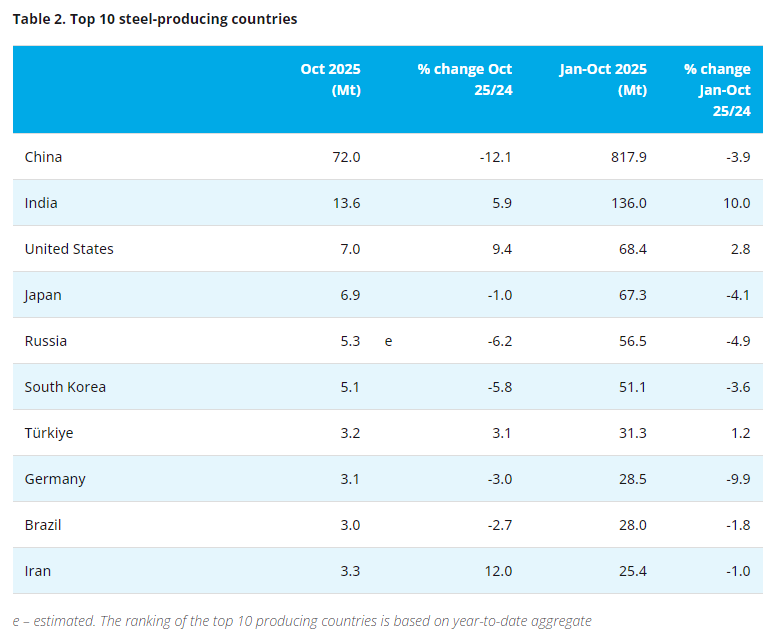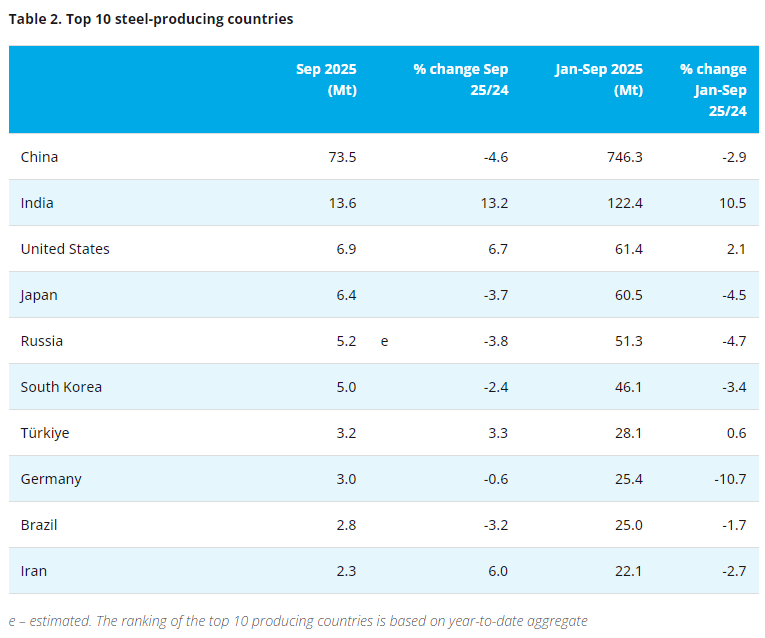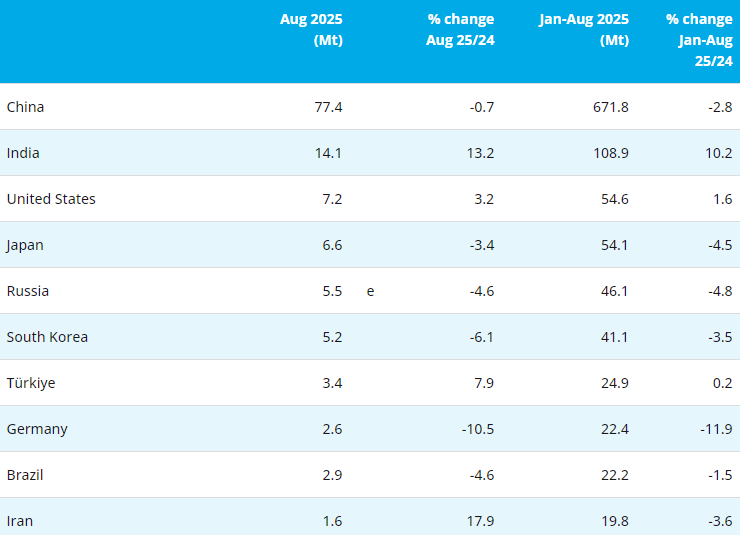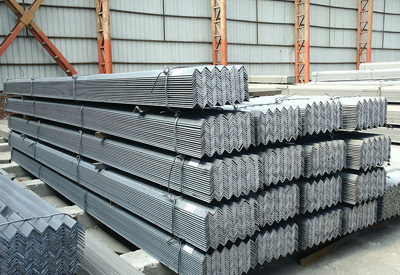[Ferro-Alloys.com] The status of major US steel demand drivers ahead of 2020, and market expectations for those sectors in 2020, will play a major role in steel prices.
The construction and automotive sectors, the two major buyers in the US steel market, account for almost three-quarters of domestic steel consumption, according to American Iron and Steel Institute data. We will take a closer look in the recent trends in those sectors and predictions about their performances in 2020.
Construction accounts for 44% of steel shipments, according to AISI. A service center whose portfolio heavily relies on the construction sector indicated construction was the only sector that maintained steady activity levels in 2019 and expected it to maintain its strength in 2020. Most large projects were decided on a while ago and those will keep things busy for the next six to nine months, the source added.
Market tracks closely the Architecture Billings Index, which is the forward-looking indicator for nonresidential construction activity, with a lead time of about 9-12 months. ABI has faded recently, remaining below 50 in three of the last four months, signaling shrinkage in the sector.
Despite weaker ABI index levels, Mark Millett, the CEO of Steel Dynamics, was optimistic about future demand. "Our customers remained positive regarding demand volume for 2020. despite the recent weakness in the ABI the last few months. Demand from the institutional and residential sectors has been outperforming the commercial construction sector with more domestic activity in the western and southern regions," he said at the company's quarterly earnings call.
New construction starts is closely tracked data used to analyze residential construction trends. New privately owned housing units started remained above 100,000 since April, posting year-on-year growth every month since June, according to US Census Bureau. This development is also positive for consumer spending as it boosts the demand for durable goods that use steel. Another service center source with a large construction portfolio expected strong demand from construction in 2020, but he also noted a negative factor about residential construction for upcoming years. "We are expecting [the] construction sector to remain steady in 2020, but we also think the downtrend in the demand for single-family homes to continue and the popularity of the condominiums to remain in place, which use less steel. We expect non-residential construction to remain strong which would keep it overall steady," the source said. Meanwhile, UBS is not that optimistic about non-residential construction, forecasting a 0.7% decline in 2020.
The automotive sector is the other major driver, accounting for 28% of the steel demand in the US, according to AISI. The automotive outlook does not look bright ahead of 2020. S&P Global Ratings expects a 3% decline in 2020. General Motors, the largest market share holder, accounting for the 16.9% of US auto sales, according to Ward's AutoInfoBank, did not present an optimistic outlook either.
Dhivya Suryadevara, CFO of GM, recently shared their volume predictions for 2020 at the company's earnings call: "With the economic growth moderating in the US in the recent past and in the next year, or so we are anticipating. We are still planning for a lower industry -- a healthy but a lower volume industry."
KeyBanc's report also presented a bearish outlook, expecting a 1.5% decline automotive sector demand. "We estimate GM will not have the ability or desire to make up the entirety of the production lost from the strike in 2020 given higher wages/overtime needed and the demand uncertainty in the US."
Negative outlooks for the automotive sector came after a mixed year so far. Domestic lightweight truck and heavyweight truck sales maintained an uptrend in 2019, according to US Bureau of Economic Analysis. Domestic truck sales posted year-on-year growth in each month of 2019 so far, while domestic passenger vehicle sales remained below prior-year levels in each month of 2019.
Moreover, US class 8 retail sales -- sales of trucks weigh over 33,000 pounds -- rose to an record of almost 28,258 in September, according to Ward's AutoInfoBank. But a service center source with an automotive-dominant portfolio was not very optimistic about heavy truck sales in 2020, saying "auto sales are essentially looking flat into next year while we expect class 8 sales to be down 20% in 2020 from record 2019." (S&P Global Platts)

Copyright © 2013 Ferro-Alloys.Com. All Rights Reserved. Without permission, any unit and individual shall not copy or reprint!
- [Editor:kangmingfei]



 Save
Save Print
Print Daily News
Daily News Research
Research Magazine
Magazine Company Database
Company Database Customized Database
Customized Database Conferences
Conferences Advertisement
Advertisement Trade
Trade















 Online inquiry
Online inquiry Contact
Contact

Tell Us What You Think